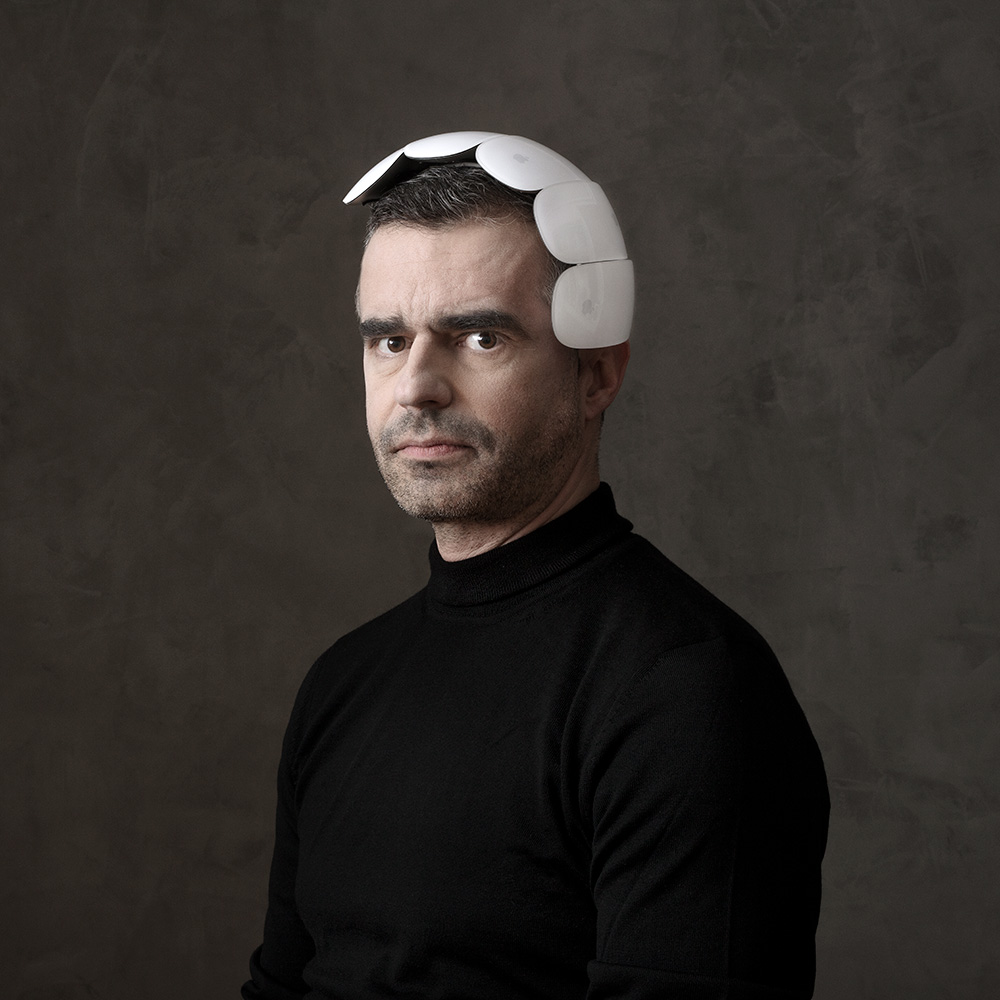
So long and hello again, Pantone
June 29, 2018
Media K – Zoran K
May 1, 2019
For over a decade I’ve been freelancing as music photographer and what makes my work stand out is understanding and lifelong emotional connection with the subject – music.
Live music is my area of expertise and reasons are many. It takes so much more than the above-mentioned aspects, which do serve as an important fundation, to capture the feel and the atmosphere of musical live performance.
Live music is my area of expertise and reasons are many. It takes so much more than the above-mentioned aspects, which do serve as an important fundation, to capture the feel and the atmosphere of musical live performance.
It’s all about understanding, connection, history and nonetheless the feel of the specific show.
Achieving this is not something that can be learned quickly, but it’s something that comes with time and with an unconditional emotional involvement.
Below examples are all good representations of complexity of live musical performance captured by different approaches.
Achieving this is not something that can be learned quickly, but it’s something that comes with time and with an unconditional emotional involvement.
Below examples are all good representations of complexity of live musical performance captured by different approaches.
1: Inner passion
The almost fragile connection between artist and their music can seem introverted, but it’s often in these moments that the magic happens. The magic, which serves as invisible connection between the artist and the audience – connection, which communicates music in an unapparent yet very obvious way.2: Magic of the moment
Capturing the atmosphere of a show is also about those moments that often go by unseen, yet they can be very illustrative of the general feel of the show.In order to capture these the photographer needs to be on alert throughout the show, without losing the connection with the performance.
3: Eye to behold
They say the beauty is in the eye of beholder, but eyes themselves are infinite spring of depth as well. That’s why a series of pictures from a given live performance should include at least one eye-shot. The eyes tell the story and capturing it is not easy.One thing is for sure, contrary to popular belief, the direct eye contact doesn’t play a big role when captaining it in pictures. It’s all about capturing the depth and the story behind them.
4: Eruption
The primal energy and the eruptions that balance on the thin line between controlled and frantic. These are extremely short-lived, yet with a long-lasting impact. If captured they speak volumes.5: Balancing out the composition
The entire picture paints the picture. The optical focus of the image might be that which catches the eye, but the entire image and it composition are what gives the complete impression and translates live performance into image.Sometimes optically focusing on “less important” details highlights the “important” ones and gives the image unexpected dynamics.
6: Let there be light
Light is crucial for good photography of any kind and shooting live performance is often a tricky business, because the difference in lighting differs at each and every stage, different artist and because the constant rapid change of light environment.But just because the light at concerts might be tricky it doesn’t mean that you can’t take advantage of just that. It’s about working with light and how it supports the performance. Sometimes lack of good clean spotlight can be advantage, adding to the dynamics of the picture.
7: Audience mirroring
Audience is a crucial part of any show and if the photographer is aware of the performance in 360 degrees, then audience’s reaction can sometimes reflect the connection between the artist and the audience.Crowd’s reaction can range from subtle or euphoric and that doesn’t play that big of a role. But what it’s crucial is that it’s immersive on some level.




























